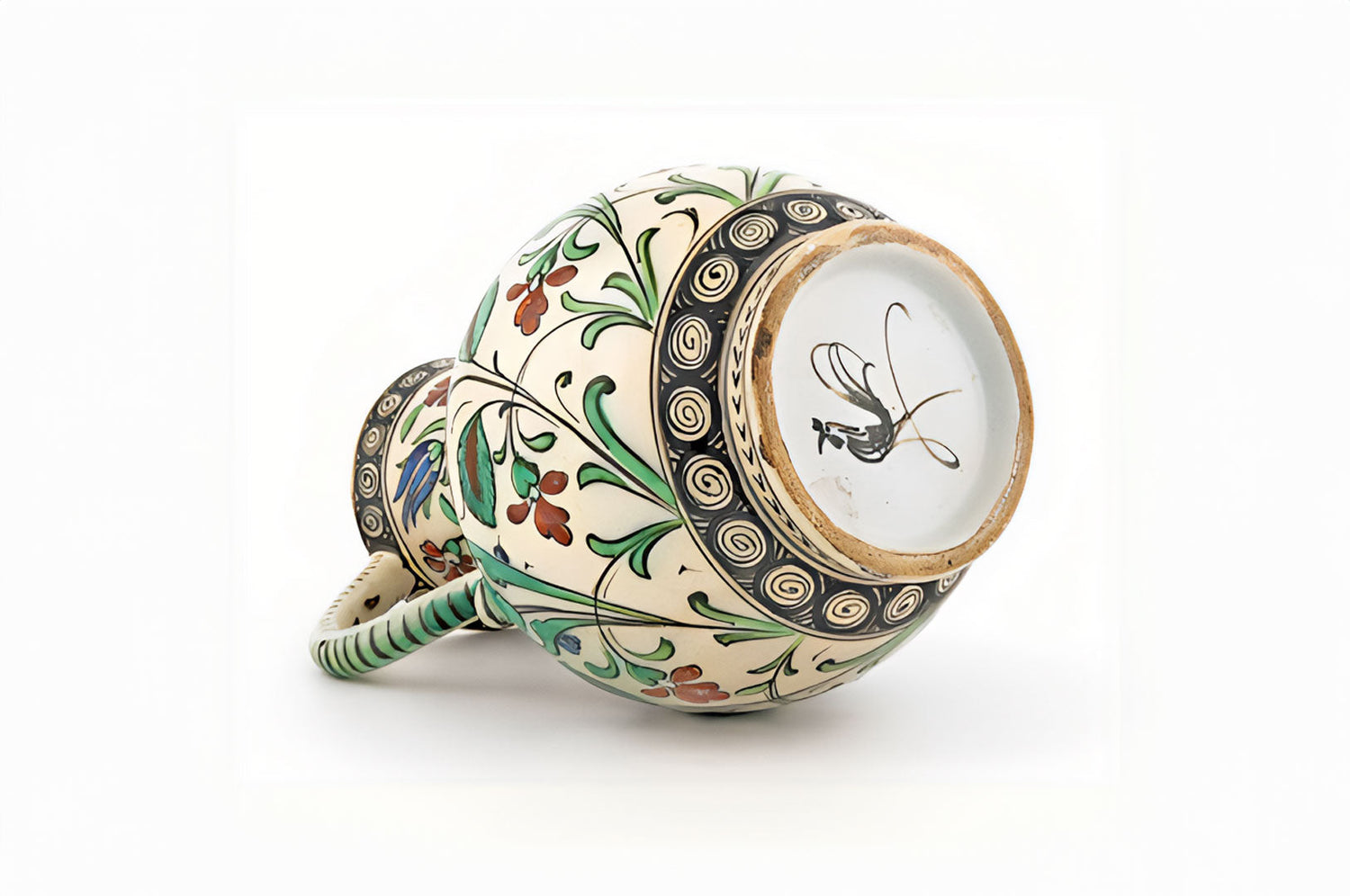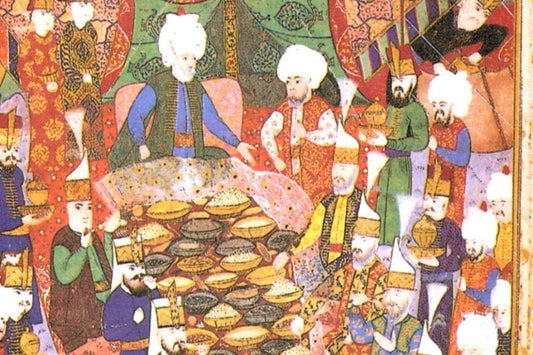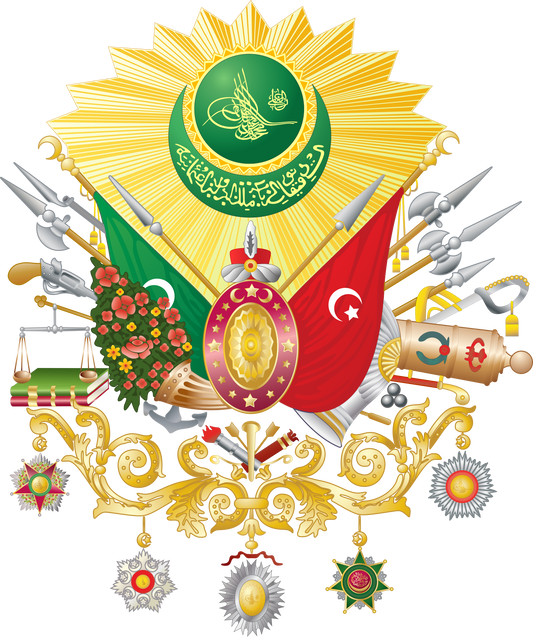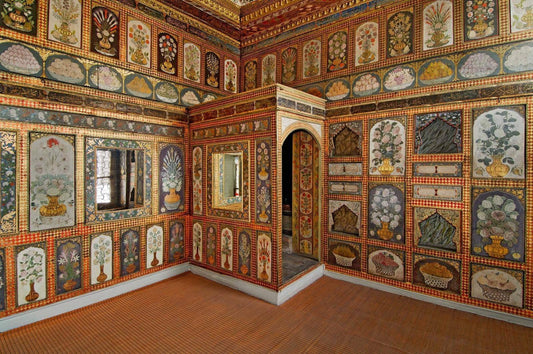The artistic legacy of the Ottoman Empire, particularly through Iznik tiles and ceramics, exerted a captivating influence on Europe in the 19th century. The unique beauty of these works profoundly influenced and inspired European artists, and this interaction expanded the boundaries of ceramic art. In this blog post, we will explore the fascinating journey of imitations of Iznik works in Europe and the stories of the renowned workshops that produced these replicas.
Théodore Deck and the First Imitations of Iznik Ceramics in Europe
From the 16th century onward, Europe showed great interest in Iznik ceramics, commissioning these unique works, and even in the second half of the 19th century, many European ceramic artists began producing imitations of these ceramics. The most notable among these artists was Théodore Deck (1823-1891), considered a pioneer of modern ceramic art. Drawing on the experience he gained at the Sevres porcelain factory, Deck established his own workshop in Paris in 1856 and revived ancient ceramic techniques. Focusing particularly on the production techniques of Iznik tiles and ceramics, Deck began producing scientific copies of these plates in the 1860s. While Deck was capable of producing successful copies of Iranian ceramics, he was unable to achieve the same success in imitations of Iznik ceramics.
Emile Samson and the Cantagalli Workshop
Another French ceramic artist, Emile Samson (1837-1913), repaired and imitated European and Far Eastern porcelain in his workshop in Montreuil, near Paris, while also producing rare imitations of İznik ceramics. These imitations closely resemble İznik ceramics in form and decoration, and the pieces are signed with the Arabic letter "S." The Cantagalli workshop, reorganized in Florence by Ulisse Cantagalli and operating from 1878, produced successful copies of İznik ceramics, as well as Italian and Spanish ones. Prioritizing honesty in its production, the Cantagalli workshop painted the image of a crowing rooster, the workshop's symbol, on the bottom of each ceramic.
English Workshops and William de Morgan
While workshops like Minton, Derby, and Doulton attempted to imitate Iznik ceramics in England, artists like William de Morgan (1839-1917) were successful in interpreting Ottoman patterns and creating original designs. De Morgan particularly favored the colors used in Damascus tiles in his work. Artists like Colin Minton, Leon Parvillee, and Edmond Lachenal also made significant contributions to this art form.
Workshops in Other European Countries
Beyond these workshops, there were also workshops in other European countries influenced by Ottoman ceramics. Van Straaten in the Netherlands, Villeroy Boche in Belgium, and Zsolnay in Hungary are among those reflecting this influence. These workshops produced copies that were often quite striking and sometimes considered tasteless.
The 19th century can be considered the golden age of artistic interaction sparked by Iznik ceramics in Europe. From Théodore Deck to William de Morgan, numerous artists drew inspiration from these unique works and created their own productions. This process is significant not only as a means of copying works of art, but also as a manifestation of cultural exchange and creativity. Iznik ceramics will remain a significant part not only of Ottoman art but also of global art history.




